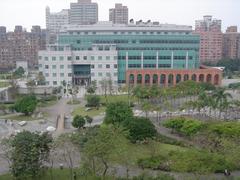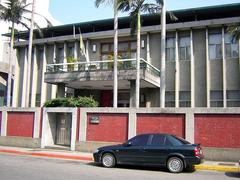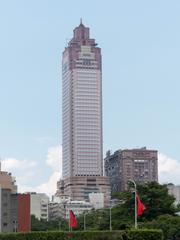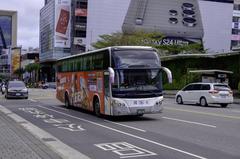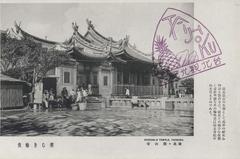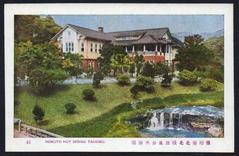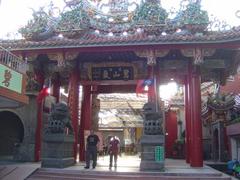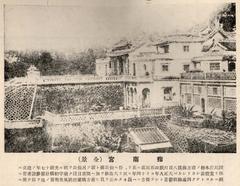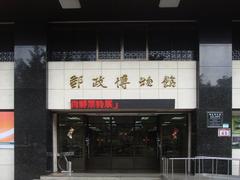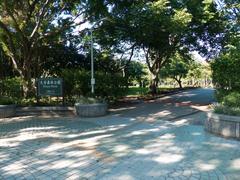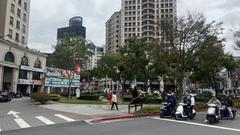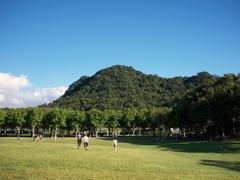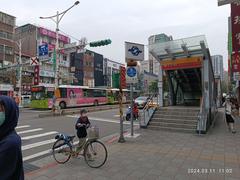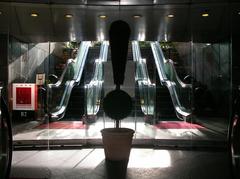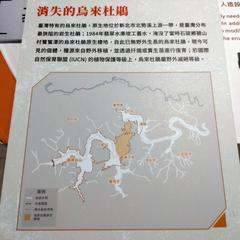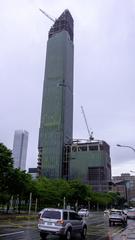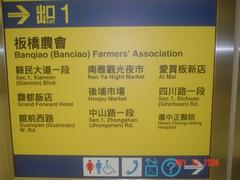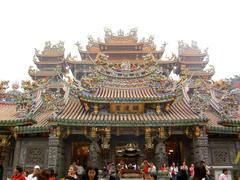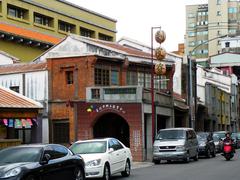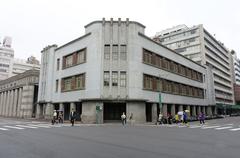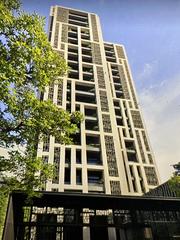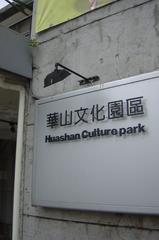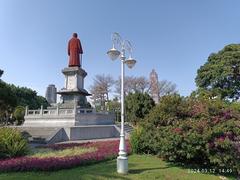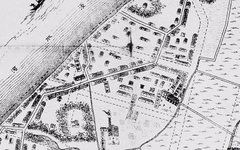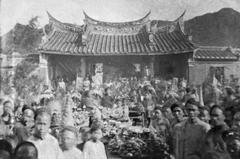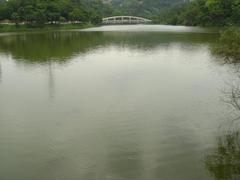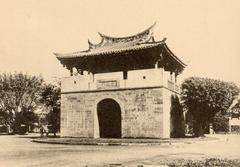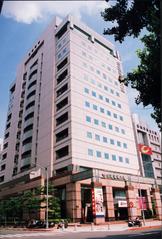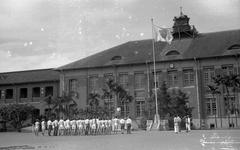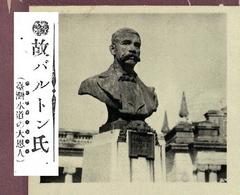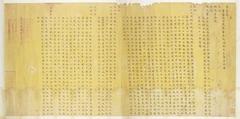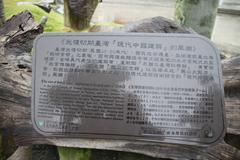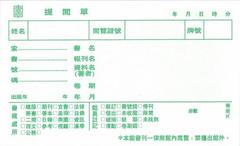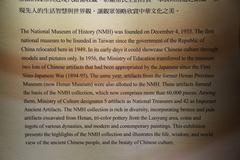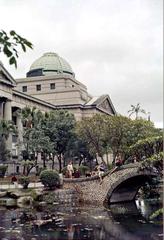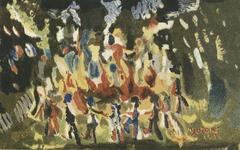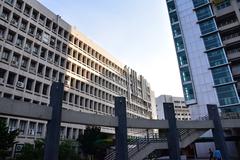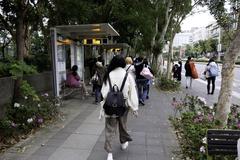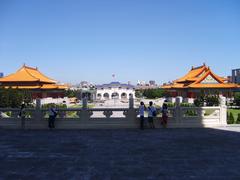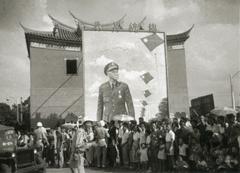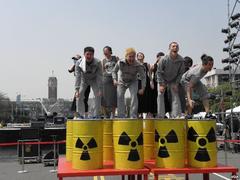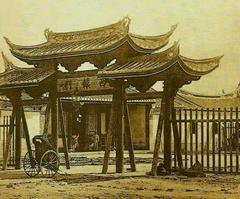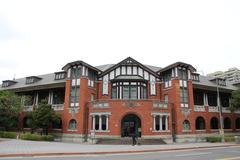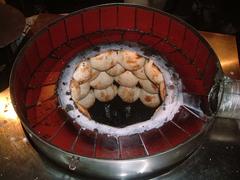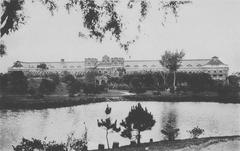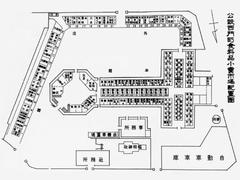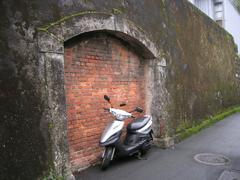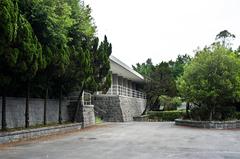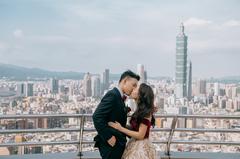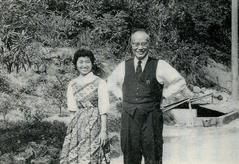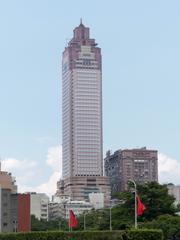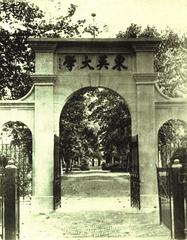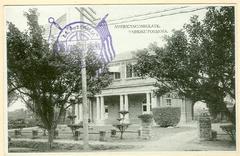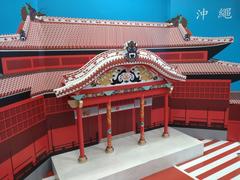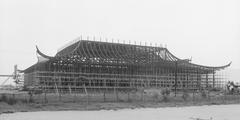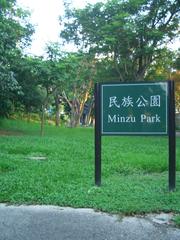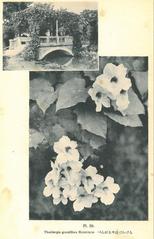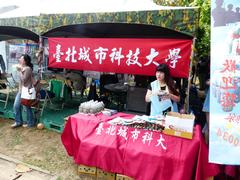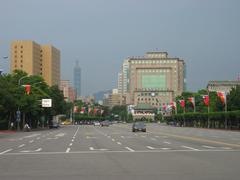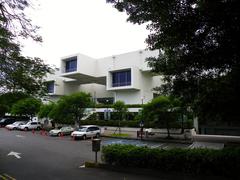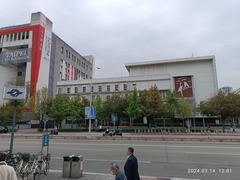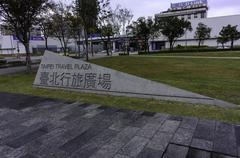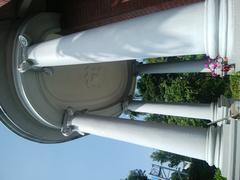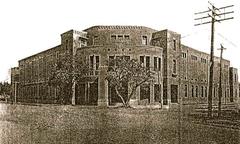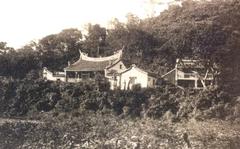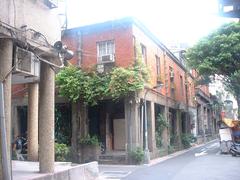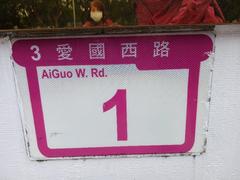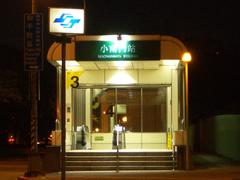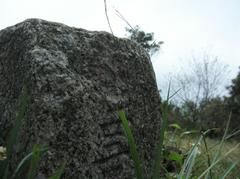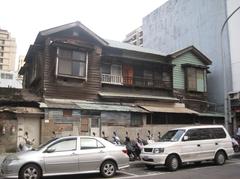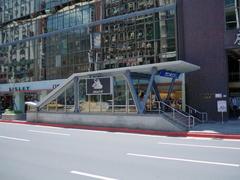Zhangjia Living Buddha Stupa: Visiting Hours, Tickets, and Taipei Historical Sites Guide
Date: 04/07/2025
Introduction
The Zhangjia Living Buddha Stupa in Taipei is a profound symbol of Tibetan Buddhism’s enduring presence within Taiwan’s multicultural religious landscape. Located in the Beitou District’s Zhonghe Temple complex, this stupa honors the Zhangjia (Jangjia) Living Buddha lineage—an influential line of incarnate lamas dating back to the Qing Dynasty. With its striking architecture, rich history, and spiritual significance, the site is a destination for both devotees and cultural explorers seeking insight into Taipei’s sacred heritage (Yingting Shih; Approach Guides; Bubble Tea Island).
This guide provides a comprehensive overview of the stupa’s history, architectural features, visitor information, and practical tips to enhance your experience. Whether you are seeking spiritual enrichment, cultural immersion, or architectural appreciation, the Zhangjia Living Buddha Stupa offers a unique window into Taiwan’s religious plurality and the legacy of Tibetan Buddhism.
Contents
- History and Significance
- Architecture and Symbolism
- Ritual Practices and Community Life
- Visitor Information
- Visiting Hours
- Tickets & Admission
- Accessibility
- Directions & Transportation
- Guided Tours
- Photography Guidelines
- Special Events and Activities
- Nearby Attractions
- Frequently Asked Questions (FAQ)
- Conclusion
- Additional Resources
- Call to Action
History and Significance
Zhangjia Living Buddha Lineage
The Zhangjia Living Buddha lineage, established in the 17th century during the Qing Dynasty, is one of Tibetan Buddhism’s most revered incarnate lama traditions. The first Zhangjia Hutuktu was recognized by the Qing court as a bridge between Tibetan Buddhism and the Chinese imperial government, particularly in Mongolia and Tibet. Notably, the 3rd Zhangjia Living Buddha, Rolpai Dorje (1717–1786), was a spiritual advisor to the Qianlong Emperor.
Following political changes in the 20th century, Tibetan Buddhist teachers, including those from this lineage, migrated to Taiwan. The stupa in Taipei was constructed to preserve their spiritual legacy and to serve as a focal point for Tibetan Buddhist practice in the Chinese-speaking world (Yingting Shih).
Cultural and Religious Role
The stupa is officially designated as a historic building by Taipei City, underscoring its cultural and religious importance. It serves as both a reliquary and a spiritual center, housing relics and personal effects of the Zhangjia Living Buddhas. The site not only preserves the heritage of Tibetan Buddhism but also exemplifies Taiwan’s religious pluralism (Yingting Shih).
Architecture and Symbolism
Core Design
The Zhangjia Living Buddha Stupa is modeled after traditional Tibetan and Indian stupas, featuring a square base, hemispherical dome (anda), and spire (chattra). These elements symbolize the five elements—earth, water, fire, air, and space—and the stages of enlightenment (Approach Guides; GBAHF PDF). The stupa’s structure serves as a three-dimensional mandala, representing the Buddhist cosmos and the path to awakening.
Artistic Elements
- Base: Elevated and often adorned with lotus motifs, facilitating circumambulation.
- Dome: Central chamber housing sacred relics.
- Harmika and Spire: Symbolic of Mount Meru and the spiritual journey.
- Torana Gateways: Decorated with auspicious symbols blending Chinese and Tibetan influences.
- Prayer Wheels and Pathways: Encourage meditative circumambulation.
The stupa’s location and orientation reflect traditional cosmological alignments, and it is situated on elevated ground behind the main temple, accessible via a path that passes other sacred sites such as Lingguang Pagoda and Qiyan Cave (Yingting Shih).
Ritual Practices and Community Life
Circumambulation and Rituals
Circumambulating the stupa clockwise, often in sets of three or seven, is a key devotional practice believed to generate merit and spiritual purification (Yingting Shih; NTU Buddhist Library). The stupa is a center for individual meditation and collective ceremonies, especially during annual commemorations and major Buddhist festivals.
Integration in Community
The stupa plays an active role in local religious life, hosting rituals, prayer sessions, and festivals such as Tibetan New Year (Losar) and Vesak. Its preservation and activities are supported by the community, reflecting Taiwan’s inclusive and pluralistic religious culture (ExploreCity).
Visitor Information
Location and Directions
- Address: No. 151, Qiyan Road, Beitou District, Taipei City 112 (Google Maps)
- Nearest MRT: Take the Red Line to Beitou Station, transfer to Xinbeitou, then walk or take a taxi.
Visiting Hours
- General Hours: Open daily from 8:00 AM to 5:00 PM. Hours may vary during festivals and special events (Bubble Tea Island).
- Best Times: Weekdays and early mornings for a quieter experience; festivals for cultural immersion.
Tickets & Admission
- Entry: Free of charge. Donations are welcomed to support maintenance and religious activities.
Accessibility
- Wheelchair Access: Ramps and paved pathways are available throughout the complex.
- Facilities: Restrooms, shaded rest areas, and a vegetarian café.
Guided Tours
- Availability: Guided tours are offered on weekends and public holidays. Book in advance via Zhonghe Temple’s visitor center.
Photography Guidelines
- Permitted: Outdoor areas and gardens.
- Restricted: Inside relic chambers and during rituals. Flash photography is discouraged; always respect posted signs.
Special Events and Activities
Annual events include commemorations of the Zhangjia Living Buddha’s parinirvana, Buddhist festivals (e.g., Vesak, Losar), and rituals for world peace. These occasions feature prayer ceremonies, meditation, and cultural performances, attracting both practitioners and tourists.
Nearby Attractions
- Beitou Hot Spring Museum: Learn about the region’s hot spring heritage (Mapcarta).
- Ketagalan Culture Center: Explore indigenous Taiwanese culture.
- Yangmingshan National Park: Ideal for nature walks and hiking (Bubble Tea Island).
- Longshan Temple & National Palace Museum: Further enrich your exploration of Taipei’s religious and historical sites.
Frequently Asked Questions (FAQ)
Q: Is there an admission fee?
A: No, entry is free; donations are appreciated.
Q: What are the visiting hours?
A: Open daily, generally 8:00 AM to 5:00 PM; check locally during festivals.
Q: Are guided tours available?
A: Yes, on weekends and holidays; booking ahead is recommended.
Q: Is the site accessible for disabled visitors?
A: Yes, the complex includes ramps and accessible pathways.
Q: Can I participate in rituals?
A: Visitors are welcome to observe and, when appropriate, join in circumambulation and offerings.
Q: Is photography allowed?
A: Permitted outdoors; restricted inside sacred spaces and during ceremonies.
Conclusion
The Zhangjia Living Buddha Stupa is an exceptional spiritual and cultural landmark in Taipei’s Beitou District. Its fusion of Tibetan Buddhist tradition, Taiwanese artistry, and community engagement provides a rich experience for all visitors. Whether you seek a place for reflection, a deeper understanding of Buddhist heritage, or an architectural marvel, this stupa is a must-visit destination. Plan your visit thoughtfully and immerse yourself in one of Taipei’s most meaningful historical sites.
Additional Resources
- Learn more about the importance of Buddhist stupas: thestupa.com
- Explore the development of Buddhist stupas: Tibetan Buddhist Encyclopedia
- Further reading on stupa architecture: Approach Guides
Call to Action
For the latest updates on visiting hours, guided tours, and events at the Zhangjia Living Buddha Stupa, download the Audiala app and follow us on social media. For more travel inspiration and in-depth guides to Taipei’s historical and cultural landmarks, explore our website and stay connected with our community of cultural travelers.
Sources and Further Reading
- Zhangjia Living Buddha Stupa in Taipei: Visiting Hours, Tickets & Historical Significance, 2025, Yingting Shih (Yingting Shih)
- Zhangjia Living Buddha Stupa in Taipei: History, Cultural Significance, Visiting Hours & Tips, 2025, Yingting Shih (Yingting Shih)
- Zhangjia Living Buddha Stupa in Taipei: Visiting Hours, Tickets & Architectural Highlights, 2025, Approach Guides (Approach Guides)
- Zhangjia Living Buddha Stupa Visiting Hours, Tickets & Taipei Historical Sites Guide, 2025, Hoponworld (Hoponworld)
- Visiting Taipei, Taiwan in May, 2024, Bubble Tea Island (Bubble Tea Island)
